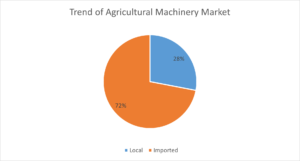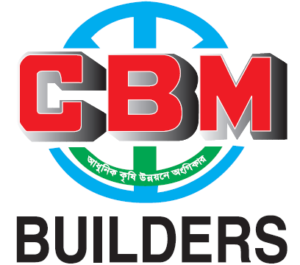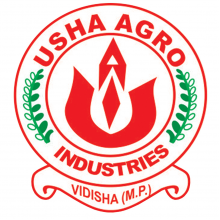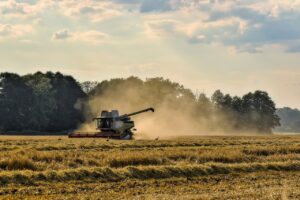In Bangladesh, the usage of contemporary agricultural machinery began in the late 1960s and early 1970s. This took place during the Green Revolution. That era brought major agricultural reforms. Farmers adopted mechanization, better irrigation, and high-yield crop varieties to raise food production and reduce poverty.
In 1973, Bangladesh formed the Bangladesh Agricultural Development Corporation (BADC). This was a major step toward using modern agricultural machines. BADC imported farm machinery and gave subsidies. It also offered loan facilities so farmers could buy new equipment. These actions helped speed up agricultural mechanization in the country.
In Bangladesh, the usage of contemporary agricultural machinery has steadily expanded over time, especially in the country’s principal agricultural regions. Through various programs, training initiatives, and technological breakthroughs, the government, agricultural institutions, and the business sector have played crucial roles in encouraging and supporting the adoption of machinery.
Although the agricultural sector has benefited greatly from the use of modern agricultural machinery, Bangladeshi farmers still face difficulties in implementing and utilizing this technology. There are differences in the degrees of mechanization since small-scale farmers, who make up a significant component of the agricultural workforce, frequently have difficulty obtaining and buying new technology.
Modern agricultural machinery in Bangladesh consists of a variety of tools and equipment to support farming operations. Farmers in Bangladesh now use many types of modern agricultural machines. These include tractors, power tillers, combine harvesters, rice transplanters, seeders, sprayers, and advanced irrigation systems. They also use threshers, chaff cutters, grain dryers, and storage facilities.
Market Size and Growth Trend :
Bangladesh’s agricultural sector has been greatly impacted by the use of contemporary agricultural machinery. Tractors, combine harvesters, and irrigation systems are examples of modern agricultural equipment that have increased farming production and efficiency. With the help of these devices, farmers can accomplish chores more rapidly and efficiently, boosting yields and using less labor. Consequently, this enhances the nation’s economic expansion and food security.
Plow work, sowing, harvesting, and irrigation may all be done more rapidly and with fewer humans when using technology. This might improve farmers’ income and standard of living by enabling them to devote more of their time and labor resources to other agricultural or non-agricultural endeavors. Modern agricultural gear frequently integrates cutting-edge technologies that support precise and accurate farming methods. Tractors equipped with GPS-based guidance systems, for instance, allow for accurate fertilization and planting, which lowers input waste and raises crop quality.
Let’s take an example of Bangladesh’s traditional agriculture method. It will cost Tk 2,000 (23.59 USD) to cultivate one bigha (33 decimals) of land with a plow. Using a power tiller will set you back Tk 1,500 (17.70 USD). Using a tractor will set you back Tk 600 (7.08 USD). For one bigha of land, paddy harvesting costs Tk 2,000. If a combine harvester is used for the harvest, the cost is Tk 500, or $5.90 USD. One bigha requires Tk 2,200 (25.95 USD) to grow one padda. Transplanting saves time and costs around Tk 500.
The traditional procedure costs a lot of money and takes a long time in all circumstances. However, the cost drops to between half and a fourth with the contemporary mechanical system.
The current state of Agricultural Mechanization in Bangladesh
In 2021–2022, agriculture made up 11.66% of the nation’s GDP, with 5.64% coming from horticulture and crops. The most recent provision labor force survey from 2022 indicates that 45.3% of people are working in agriculture overall, an increase of 4.7% from the previous survey. Furthermore, the majority of Bangladeshi farmers are from lower-class backgrounds, which means that enhancing the agricultural value chain is essential to promoting equitable growth.
The practice of incorporating contemporary machinery and technology into farming to boost output and lessen farmers’ susceptibility to manpower shortages and natural disasters is known as agri-mechanization. Bangladesh’s mechanization has happened in stages. The most mechanized operations (over 90%) are land preparation, irrigation, threshing, and pesticide application, according to a 2019 study. While mechanization rates for fertilizer application and weeding are higher, but remain around 10%, they are less than 2% for planting and harvesting.


Key Player of the Agricultural Machinery Market
| ACI Motors Ltd. | |
| The Metal Ltd. |  |
| Chittagong Builders |  |
| Alim Industries Ltd. | |
| Usha Agro Enterprise |  |
For more information, please let us know…




